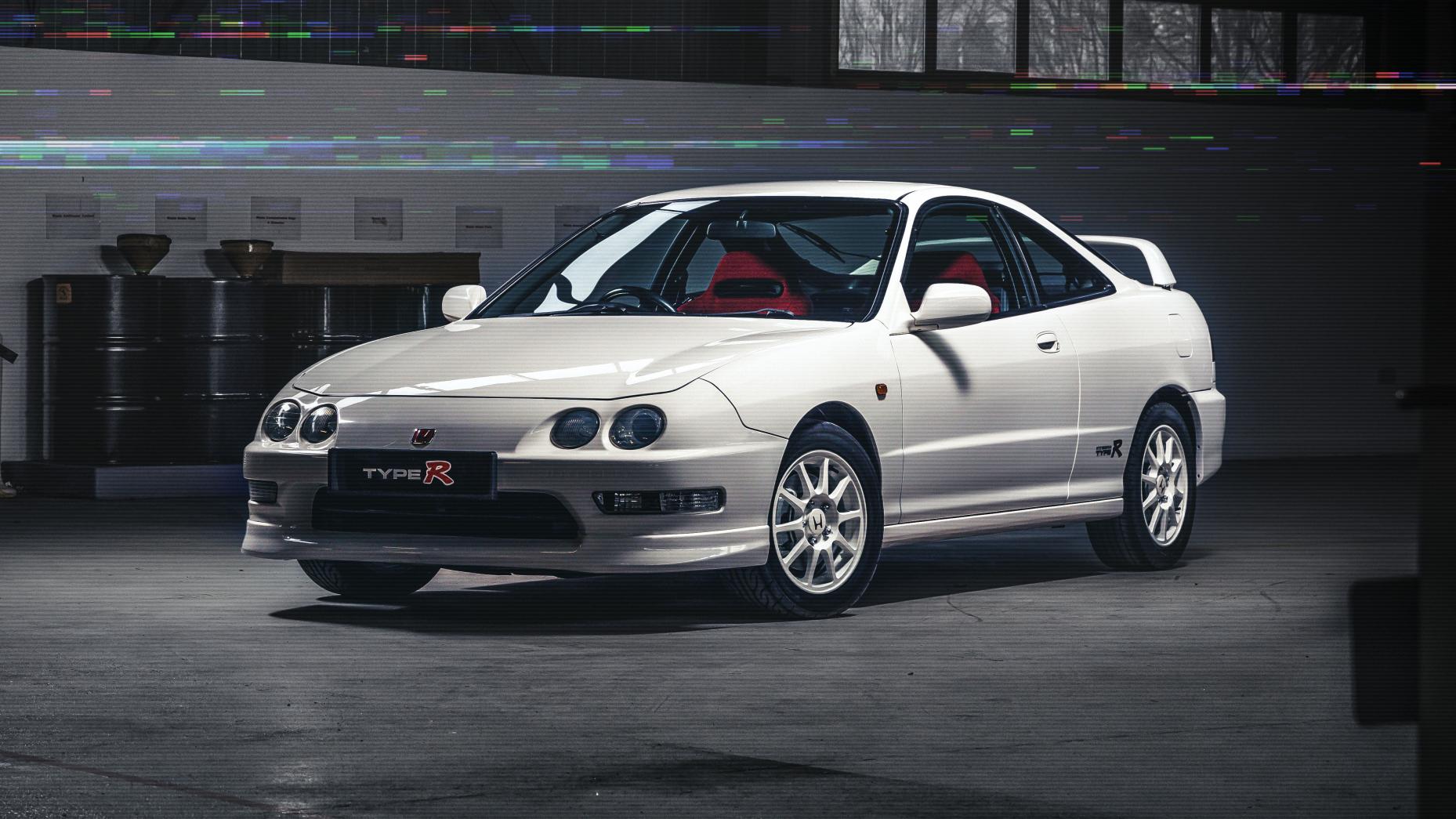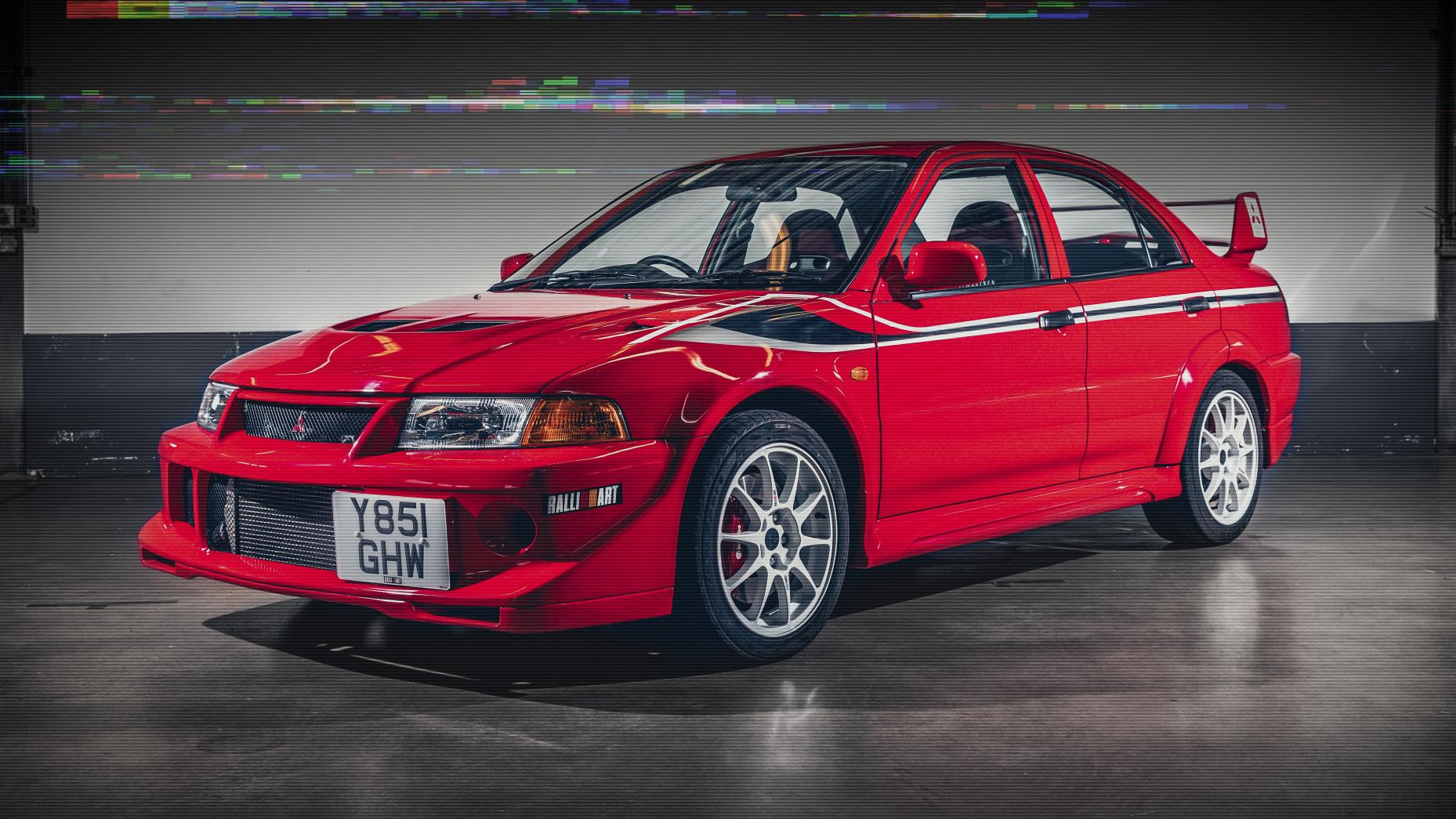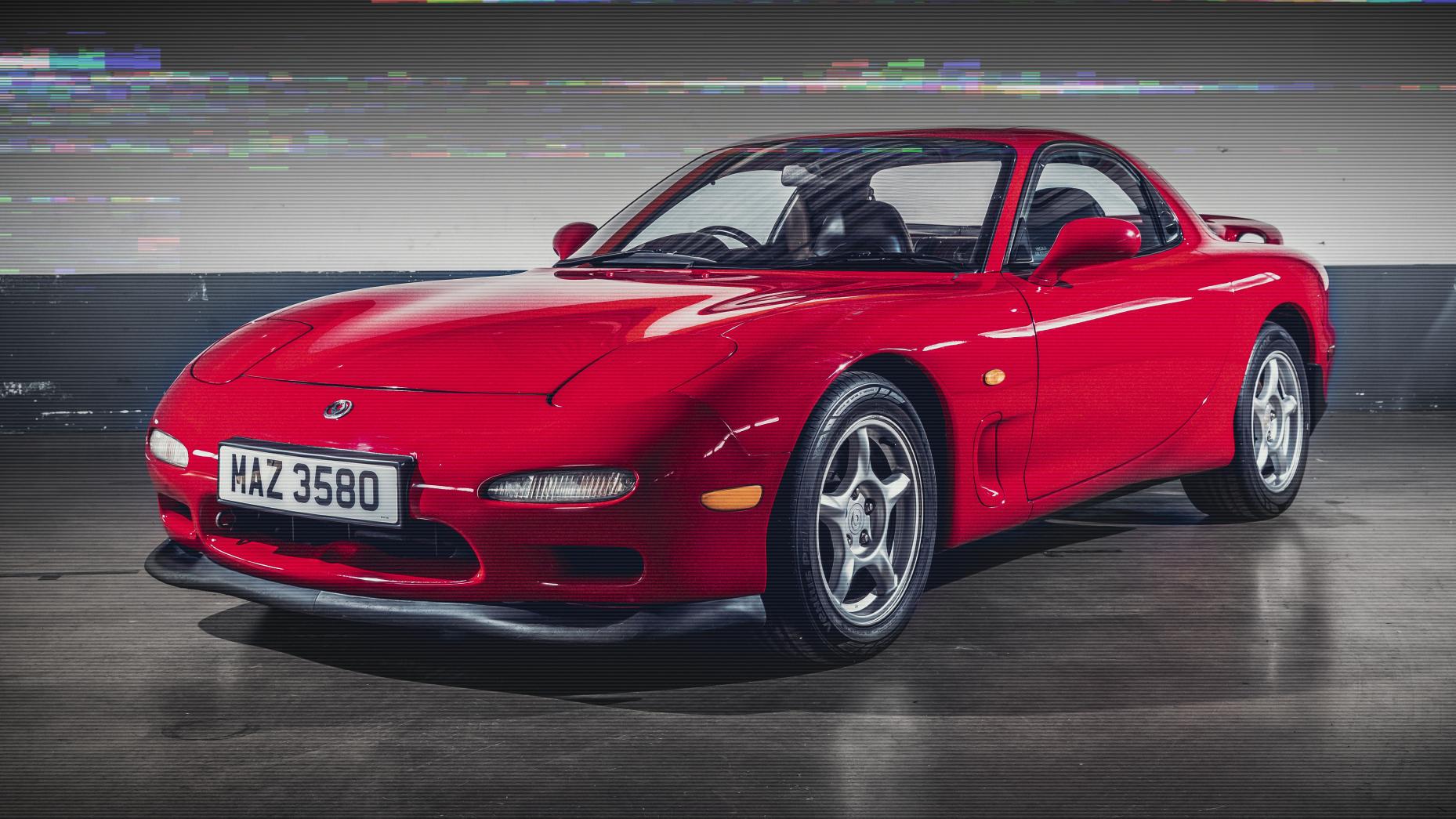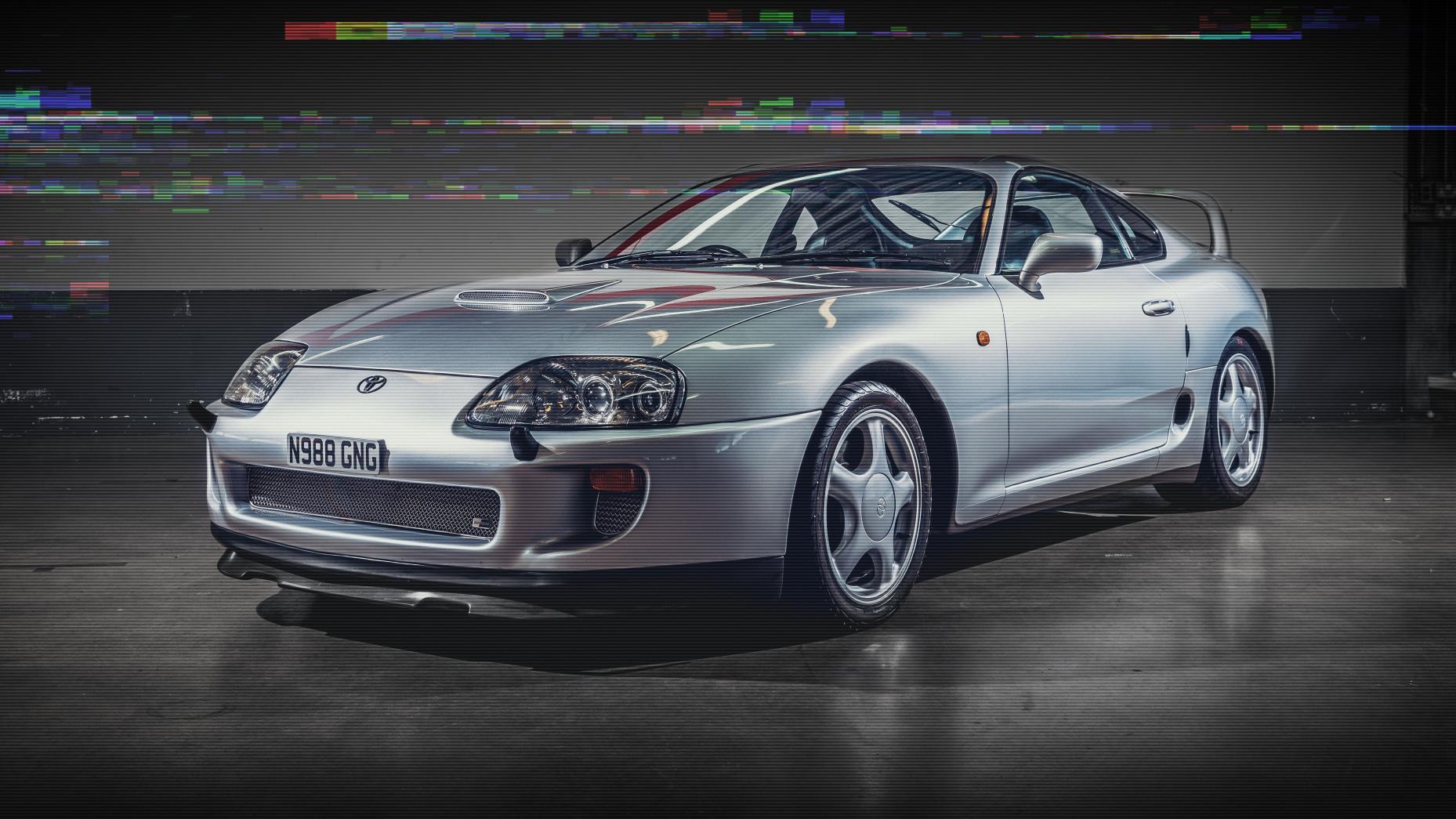TG's Japanese performance car icons buying guide
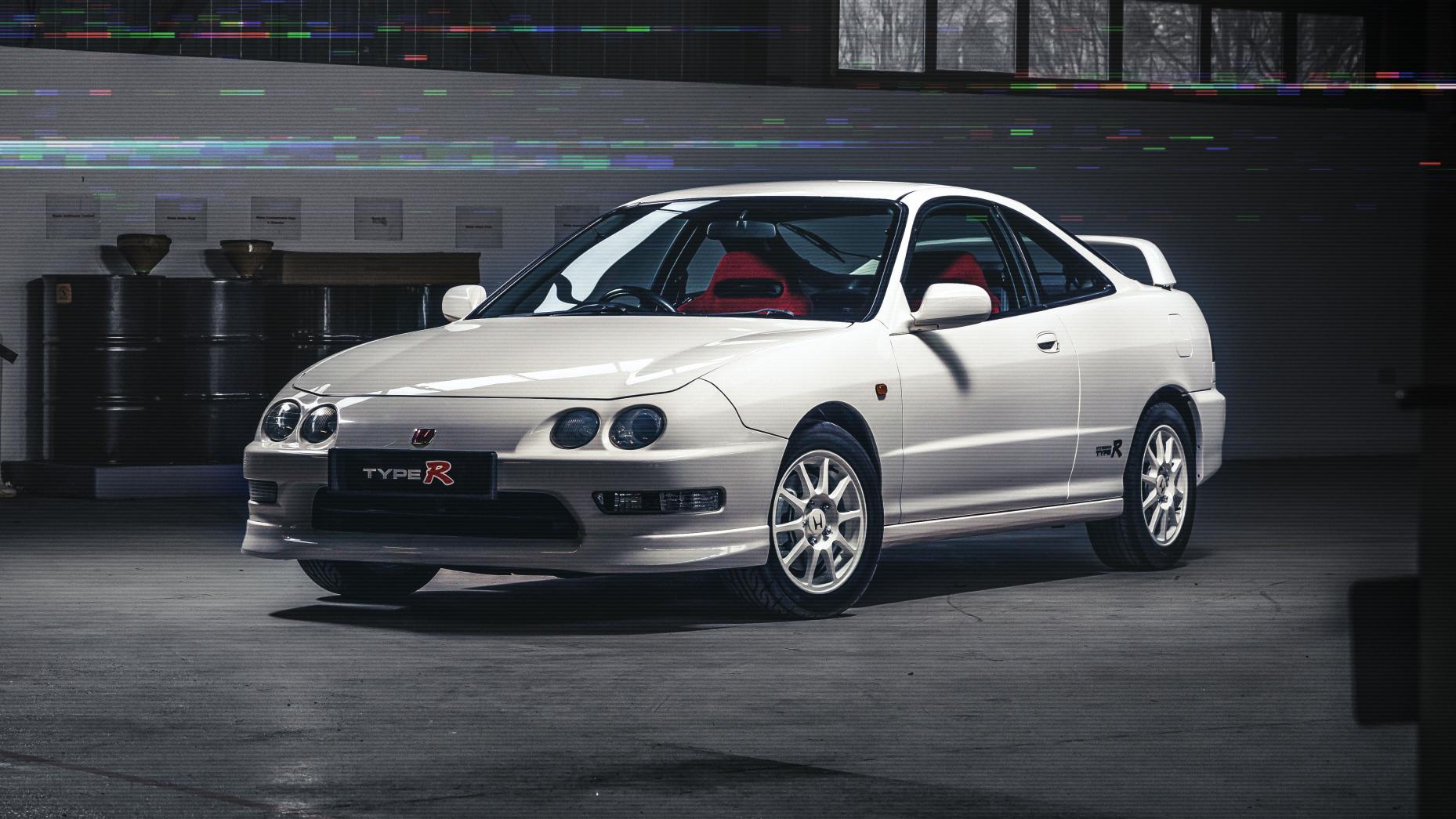
Honda Type R 1998–2001
OUR PICK: Honda Integra Type R DC2 (UK)
Like Japanese knife masters or ryokan innkeepers, the people who develop Type Rs are borderline obsessive in tracking down engineering tweaks for driving precision. A Type R isn’t just a regular Honda with a bigger engine and crudely stiffened springs. No, it’s a feast of detail-freakery most honourable. Delete that ‘borderline’. If a lightweight back seat, titanium gearknob, hand-balanced engine, braced shell or thinned soundproofing will help, that’s what they get. Hang the expense.
There are a few non-official Japanese domestic market (JDM) Type Rs around, such as the little 1997 EK9 Civic, or the FD2 saloon, and Integras unknown to British eyes. Or indeed the amazing NSX Type R, of which a solitary example was brought in by Honda UK, but non-official ones also came because they’re transcendent and irresistible. Should the S2000 roadster have been a Type R? We say yes. Really, though, it kicks off in Britain in 1998 with the four-headlamp DC2 Integra Type R, a worthy candidate for best-handling front-driver ever. Awesomely sharp, it was adjustable yet forgiving, and full of chatter. Never mind the thin tyres and small engine, because when it’ll do zero to sixty in the sixes and rev into the high eights, you care little. You’ll even ignore the excruciating road noise and jittery ride.
That laid the foundations, while the EP3 breadvan Civic put Type R into the mainstream consciousness. There have been diversions since, including the Accord saloon, perhaps the definitive Q-car – its Airbus boot wing was a delete option, see. Every one was an intricate mechanism of magically accurate response. They felt delicate and shorn of flab, yet indefatigable and tough as piano wire. If the later turboed Civics have a more brutish engine character and bigger grip, they retain sensitivity in their transmission and chassis. A sensitivity that’s all but psychic.
Nissan GT-R
OUR PICK: post-1999 Nissan GT-R R34 V-Spec (UK)
At launch, the R32 Skyline GT-R of 1989 was often mentioned in the same sentence as the Porsche 959. It was designed around a set of racing rules, Group A, and dominated. And as a road car it’s awesome, but it never officially came to the UK. The succeeding R33 did: it’s a bit bigger, but an awesome road car, full of grip, feel and drama.
Then the squarer, smaller, better R34. Those all have the legendary 6cyl that was happy at 600bhp on track and often taken by tuners into four figures. All wheels steer and drive under electronic control. It ended in 2002. The 2007 not-Skyline GT-R R35 is different, with its V6, rear-mounted 7DCT and 2WS. But very much the same in (overproof) spirit.
Mitsubishi Evo
OUR PICK: 1999 Mitsubishi Evo VI Tommi Mäkinen
The Evo and Impreza were best of frenemies, joint proprietors of the Nineties rally high, and they lived on as road rockets. The Evo was always 2.0 litres and 4WD, but the detail changes are barely done justice by the word ‘evo’. Torque vectoring, fancier aero and obsessive engine/chassis work kept marching on. It’s sharper than an Impreza. All are 4dr saloons bar the oddball and wantable Evo 9 wagon option. Evos up to III were Japan-only. The classic shell is the IV to VI, with the VI Tommi Mäkinen a high watermark. The VII to IX have a new shell, and are a bit more refined apart from the ear-bleedingly fast FQ versions. The X is another shell and a new engine, plus DCT.
Toyota MR2
OUR PICK: 2000–’06 Toyota MR2 Roadster manual
The 1984 MR2 is delicate, sharp and an innovator with Lotus connections. It’s Japan’s first mid-engined car. The second gen is bigger and heavier. Road-testers didn’t like the snappy handling so much. Redemption came with the millennium. The MR2 Roadster is tiny, starts under a tonne. It’s a joy to steer. But cramped, and the MX-5’s daily-use ease stole nearly all the buyers. So it died after just four years and you’ll struggle to find one.
Mazda RX
OUR PICK: 1993–’96 Mazda RX FD
Buying? Check the rotary engine, then recheck it. If looked after, they’re reliable and crazy-smooth, and torquey when they have turbos. The MkI looked good and was tidy. The next, from 1985, rivals a Porsche 944. Things flowered more again with the sequential twin-turbo 1992 generation. It did all the right things: lightweight, rigid body, gorgeous style, sharp reflexes. A roadburning two-seater. Very different from the unblown clap-hands-doors RX-8.
Toyota Supra
OUR PICK: post-1993 Toyota Supra A80 Turbo (UK spec)
Rose-tinted hindsight wants us to be kind to the original 1978–81 A40/A50 generation. We refuse. It’s a Celica liftback with the nose lengthened for a straight-six. Then the A60 has pop-up lights, but still… The A70 cast itself off from the Celica, got a turbo option to show it was serious. But it’s the 1993 twin-turbo A80 that’s the firework. In the wet, the A80 can break straightline traction and the m’way speed limit at the same time. It could out-accelerate the contemporary V8 Ferrari. It’s no thug, either, and is reckoned better through bends than an E36 M3. And like a certain other straight-six turbo [cough Nissan GT-R cough], it’s an absurdly tunable engine, which just feeds the cult.
Subaru Impreza
OUR PICK: 1999 Subaru Impreza RB5
Ignore anything non-turbo or diesel, right? Then you’ll find ‘Impreza’ is a catch-all term for a basket of ruthlessly effective 4WD stage-hands. By the way, some of those latter WRXs aren’t officially Imprezas, but who’s counting? Across the four generations you get to pick from a broad spectrum of characters and images. Fly under the radar with a silver wagon, or go the full McRaeBurns: blue saloon slash gold wheels slash wide arches. The first generation of mid-Nineties Impreza Turbo might be 25 years old but still has a distinctive magic. It starts life softish but later iterations get harder and grippier. They all share wonderfully balanced and playful cornering and surprisingly talkative steering. The ride on most of them is easier than you’d expect, too – certainly by today’s comparisons.
And yet however lovely the chassis, what defines the Impreza is the flat-four. Its cheery blather and any-revs swoop always wipe a smile across your face. It began with little more than 200bhp, but that soon climbed, especially for the various WRXs and STIs. They went towards 300, and that was enough – beyond that, turbo-lag grew comical. The Impreza is a totem of the turn-of-the-century rally scene, when massive manufacturer involvement and huge crowds fertilised the development of the cars, and the rules circled that development back into the showroom. For me, it’s the MkI two-doors: the 22B if you can find it (though the set-up was brutal) or the one with all the Prodrive fairy dust: the epic, life-affirming P1. Later on, Cosworth did a version, too, the CS400, but that kinda overshot the runway. So the Impreza evolved with a blizzard of variants and sub-species – space here absolutely does not permit. If you’re valuing a car based on originality, be prepared to do endless homework on what its spec should be, followed by diligent verification that it does indeed tick all its boxes.

Honda NSX
OUR PICK: post-2002 Honda NSX manual coupe
Ah, the car that taught Ferrari a thing or twenty. It launched when the Italians were making the 348, a machine with spiteful handling, a sticky ’box, rapacious servicing demands and general user hostility. The NSX denies you those early-Nineties supercar campaign medals, which permitted snobs to dismiss it as uncharismatic. Wonderful ergonomics and visibility and ride refinement were its invitation. The spec valued glorious sophistication over force: an aluminium body, intricate bird’s-skeleton aluminium suspension, ABS and traction control too.
Most of all, that banshee VTEC V6. Its 274bhp wasn’t crazy-high then, and certainly isn’t now. So you get more chances to work the titanium rods to their 8,300rpm limit, relishing the watch-like gearchange. The NSX sold 18,000 in 15 years worldwide. The 911 Carrera does that in a few months. People resisted paying big money for a run-of-the-mill Japanese badge. Honda’s dazzling motorsport record wasn’t enough. So Honda hardly developed it. You could get an auto (which ruined the effect by limiting its revs) and a Targa. In 1997, power edged up to 294bhp with the 3.2-litre, when a six-speed manual helped to drop the 0–97kph below five seconds. A small facelift came in 2002. Tinkering at various times improved the tricky fast-corner oversteer and partially sated its appetite for rear tyres.
Because Honda’s initial execution was so mature, and, of course, because it’s not a turbo, few have been tuned to excess. There are enough clean ones around for you to buy on condition. The irony is history proved the NSX right. After 15 years, it might have felt underpowered but otherwise was more relevant than ever. Other exotics moved in its direction of refinement and usability. The first Audi R8, arriving just as it departed, could have been the NSX MkII. The NSX proves supercars needn’t be stupidcars.
Nissan Zs
OUR PICK: 2003–’07 Nissan 350Z GT Pack
Starting in 1970 with the solid-gold 240Z, the series did a bit of an Oasis, turning out increasing lardy and unsuccessful albums. The mid-Eighties 300ZX was a low point. But in 1990, amid a Japanese sports-car explosion, the Zed got its act back together with the second 300ZX turbo, a handsome and sophisticated thing that’s well worth a look-up. Then it took a rest, and another swerve, with the tauter nat-asp 350Z then 370Z.
Mazda MX-5
OUR PICK: 2009–’14 Mazda MX-5 RC 2.0
In the Eighties, affordable European sports cars were moribund. Mazda saw the gap. The MX-5 isn’t an adapted hatch, but a fully committed effort, rewarded with a million – a million – sales since. It just hit the spot, as a beautiful object and a practical daily driver, a reliable machine and a totally sweet drive. No generation is a let-down, though if we’re being picky, the second is a little less defined. Even the folding hard-top doesn’t go against the grain.
- Paul Horrell
